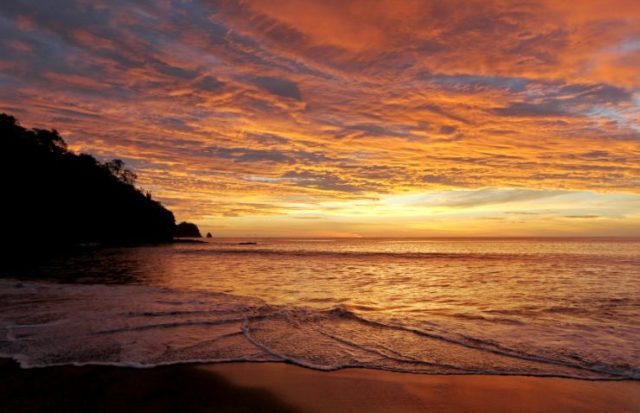The Nicoya Peninsula, located in Costa Rica, is a place of astonishing natural beauty and rich cultural heritage. Stretching approximately 80 kilometers long and 30 kilometers wide, this peninsula stands out for its varied landscape, ranging from white-sand beaches to mountains covered in lush forests.
Biodiversity
In terms of biodiversity, the Nicoya Peninsula is a treasure. It is home to a large number of animal and plant species, many of which are endemic and found nowhere else in the world. The tropical forests that cover much of the peninsula are home to a wide variety of wildlife, including monkeys, sloths, exotic birds, and unique reptiles.

In addition to its natural wealth, the Nicoya Peninsula also has deep cultural significance. The communities that inhabit this region have preserved traditions and customs that go back to past generations. The indigenous and Spanish influence is reflected in the gastronomy, music and local crafts. Folklore and traditional festivities are an integral part of life in Nicoya.
The challenges
However, the Nicoya Peninsula also faces challenges. The expansion of tourism and urbanization raise concerns about the preservation of the natural environment and the authenticity of local communities. Finding a balance between development and conservation is essential to ensure that future generations can enjoy the magic of Nicoya.
In conclusion, the Nicoya Peninsula in Costa Rica is a place that combines scenic beauty with a rich cultural heritage. Its biological diversity and the traditions rooted in the region make it a unique destination. However, it is crucial to address current challenges to ensure that the Nicoya Peninsula continues to be a natural and cultural paradise for generations to come.

